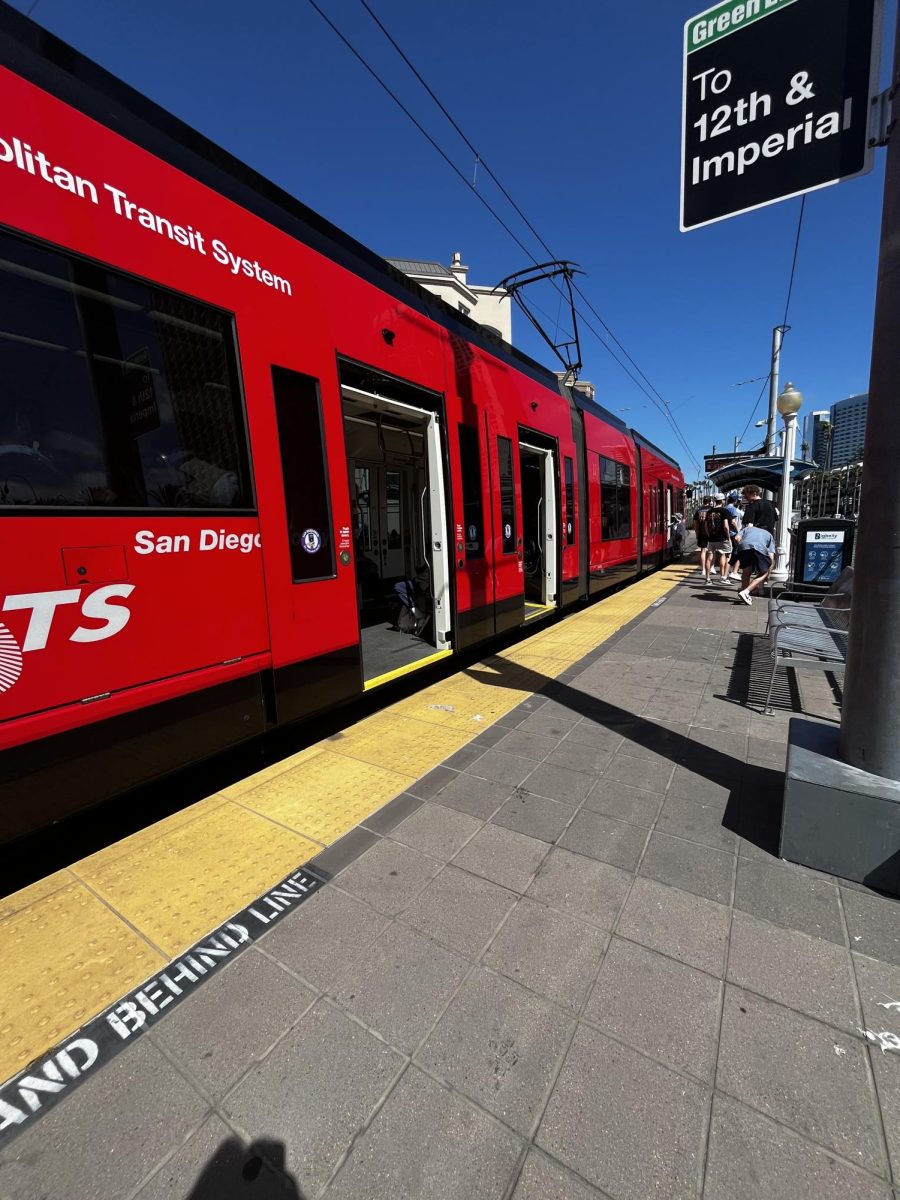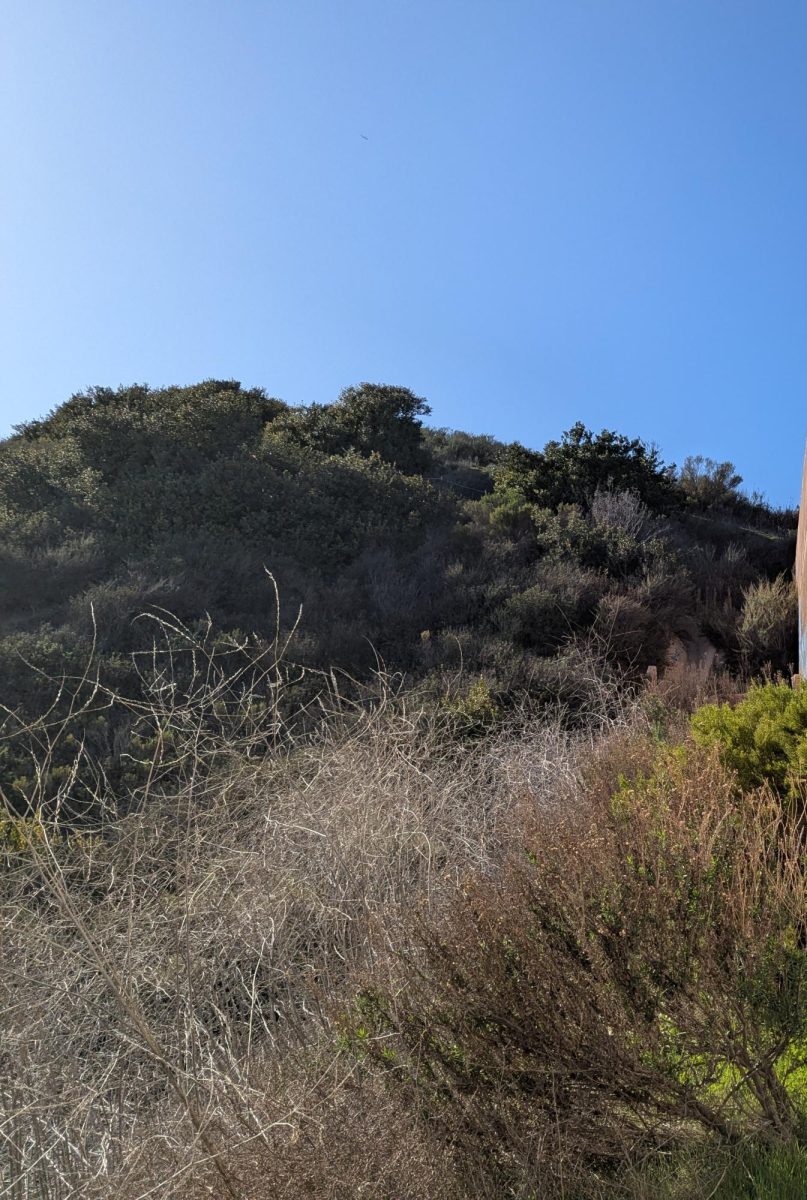Public transportation is fundamental for Americans of all walks of life—whether they’re high school students, college students, doctors, or construction workers, everyone has relied on it at some point. With rising gas prices, public transportation offers a more cost-effective alternative compared to owning a vehicle. Not only is it financially beneficial, but it’s also a much safer alternative. Using public transportation can also significantly reduce congestion in industrial cities, leading to improved air quality and less environmental impact. The United States places eighth for countries with the most GDP per capita, generating $76,399 annually, according to the Worldmeter. Yet, the nation’s public transportation infrastructure remains severely underfunded and outdated, which harms its ability to meet the demands of modern urban living and to provide reliable services to its citizens.
The primary reason for the severe neglect of public transit is the ongoing legal battles over its funding. From the Berkeley Political Review, under the Trump administration, the priority was extending highways, roads and bridges. Yet, the Federal Transportation Department canceled $1 billion dollars that would have helped pay for a high-speed rail project connecting L.A. to San Francisco. By backtracking on building sufficient railways, the U.S is spending billions of dollars on road improvements than public transportation. This also leads to a loss in ridership since the pandemic, with only 3.1% of people using public transportation every day for commuting to work. Although public transit is considered much safer, causing a less chance of an accident as compared to the road with a 1 in 17 chance according to Pacine Levine (PL Attorneys at Law). The system is plagued by a $176 billion backlog in necessary improvements. According to the American Society of Civil Engineers (ASCE), this backlog could grow to over $250 billion by 2029, leading to increased risks of delays, and a shortage of available services.
China is placed 70th for countries with the most GDP per capita, generating $12,969 annually. Yet, the country has invested an estimated $679 billion dollars in USD (1.21 trillion yuan) in public transportation by implementing high-speed rails that has the ability to reach 350 kilometers per hour. The construction began in 2008, and is still extending to reach more length by 2030. The cost for creating these tracks were actually low-cost compared to countries such as the U.S, stated by Gerald Ollivier, a World Bank Senior Transport Specialist,“China has accomplished a remarkable feat in building over 10,000 km of high speed railway network in a period of six to seven years at a unit cost that is lower than the cost of similar projects in other countries.”
The result of creating the high speed rails led to over 50% of the urban population in China using public transportation, an estimated 150 million people according to NC Division of Employment Security (NCESC). The railways is a lesson to be learned by other countries, as stated by the World Bank Group. The benefits include shorter travel times, improved safety, reduced operating costs, highway congestion, and greenhouse gas emissions created by vehicles on the road.
We’ve had a glimpse of developing our own high speed railways with Elon Musk’s promise of creating the Hyperloop in 2013. The proposal consisted of creating a network of low-pressure tubes through which passenger pods could travel at incredibly high speeds, potentially exceeding 700 mph. It was planned to be built across the state of California, It raised $450 dollars in investments, according to Rolling Stone, but since then, the project has not been worked on ever since Musk’s Tesla vehicles took off in the year 2021. Developments of the Hyperloop in California, Chicago, and Washington. D.C has since then been shelved. According to Jalopnik, Musk admitted to his biographer, Ashlee Vance, that the Hyperloop was an attempt to get legistors to cancel plans of high speed railways in California, and that he never intended to build it. Elon Musk has geared focuses towards Tesla and SpaceX, which has put concerns regarding public transit shelfed.
The investment of improving public transportation would be more beneficial than investment in road structures. It would be extremely helpful to those who are unable to afford lifts, or their own vehicle. The halt of developing accessible public transportation that can travel across the state a person lives in has created many inconveniences. According to the Federation of American Scientists, 45% of Americans don’t have access to reliable and safe public transportation, which increases the need for single-use vehicles across the country. In addition, the usage of U.S motor gasoline and diesel accounts for 31% of carbon emissions, which is detrimental to global warming. Building proper and reliable public transit can increase the ridership, it’s much safer, able to carry more passengers than a vehicle, and can reduce the amount of greenhouse gas emissions and fossil fuels used. Stated by Sustainable America, higher usage of public transportation can have massive economic returns by creating more jobs. According to the American Public Transportation Association (APTA), every $1 billion invested in public transportation supports and creates approximately 50,731 jobs.
With increasing prices in cars, and gas, in 2025 people can save $1,100 a month from using public transportation services, according to the Regional Transit Authority. Gas prices have also risen significantly, with the national average reaching $3.161 per gallon. Cars have repairs, often stop working, and have issues surrounding the interior as well. Investing in public transportation can actually lead to a potential increase of $3.7 billion in GDP annually. With investments surging legal battles, maintaining cleanliness in public areas, including transit systems, is essential for public health and community well-being. Clean environments can prevent the spread of diseases, and to attract ridership for public transit. Investing in public transportation is not just a matter of convenience; it’s a crucial step towards a more sustainable future for Americans.








